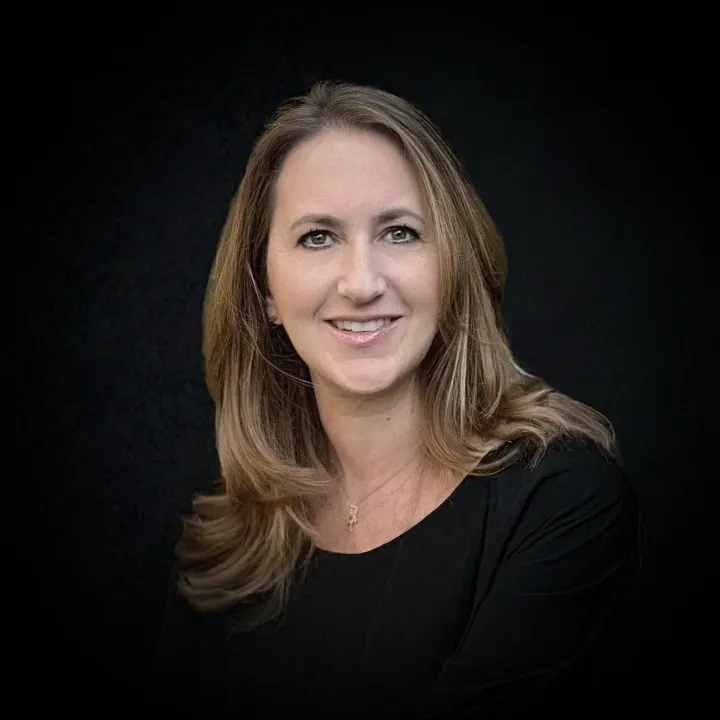Por Graciela Rock
Hace poco menos de dos años, tras una racha larga de estrés, mucha incertidumbre, cambios de vida, fracasos y duelos, un día empecé a llorar y no pude parar. Dormía poquísimo, todo me abrumaba y me parecía una prueba de mi inutilidad, de mi fracaso como madre, pareja o persona en general; cuando no lloraba, me inundaba una rabia profunda que rápidamente se transformaba en culpa y vergüenza. Mi pareja no sabía qué hacer para ayudarme, aunque lo intentaba y yo sentía incluso más culpa, tristeza y enojo al sentir que mis emociones me impedían asumir mis responsabilidades de cuidado con nuestras hijas y nuestra casa. Cada mañana, pensaba que debería tirarme por las escaleras.
No era la primera vez que algo así me pasaba. Durante la adolescencia un día llamaron a mi madre desde la dirección de la secundaria porque les preocupaba que llorase por los pasillos y le sugirieron llevarme con una psicóloga; no recuerdo que en aquella ocasión me comunicaran ningún tipo de diagnóstico, que seguramente habría podido ser algo entre adolescencia, ansiedad y trastorno de conducta alimentaria. Entre ese momento y el de la idea de tirarme por las escaleras, en varios momentos regresé a terapia, pero no fue sino hasta 2020, después de pasar tres meses en confinamiento casi completo por covid, que un doctor garabateó una receta y me dio palabras para nombrar el gusano que sentía recorrerme por debajo de la piel: trastorno generalizado de ansiedad y depresión.
El duelo migratorio, la tristeza de ser una desterrada, una desubicada, es una tristeza muy insidiosa y aprovecha cualquier oportunidad para retorcer(nos). Poco después del episodio que narré antes, leí un texto que decía que cuando una está triste en su hogar, hay muchas cosas que te recuerdan que puedes dejar de estarlo, porque ya ha sucedido (ya has caminado esas calles triste y luego las caminaste de nuevo con felicidad); pero que cuando una migra, hay un vacío de memorias para sanar la tristeza. Me ayudó a entender que necesitaba crear memorias de resiliencia.
Finalmente no me tiré por las escaleras, y algunas semanas después de que otro doctor volviera a garabatear una receta para ansiolíticos e inhibidores selectivos de la recaptación de serotonina, el llanto cesó. Mi terapeuta decía, la depresión no se cura -solo- con medicinas, son como un colchón al fondo del vacío que hay que atravesar para llegar al otro lado; la terapia es la cuerda con la que lo atravesamos. Y sí, pero si la terapia fue la cuerda y los medicamentos la red de seguridad, los afectos, los amores, fueron el helicóptero de rescate.
Empecé a hablar con la gente a la que quiero sobre lo triste que estaba, lo asustada y sola que me sentía, les hablé del vacío, la vergüenza y la culpa. Y lo que obtuve a cambio fue amor, fueron abrazos y mañanas enteras escuchando mis penas, fueron invitaciones a caminatas por la montaña y a fiestas, fue sobre todo, red y colectividad, la colectivización del cuidado y de los dolores.
De acuerdo a la OMS, entre los aspectos claves en la atención a la depresión, además de los medicamentos y la atención especializada, están el mantener contacto con amigos y familiares y contar a alguien de confianza cómo nos sentimos.
Frente al abismo, frente al vacío, siempre nos salvan los amores.
*Graciela Rock es especialista en política pública y género, ha ejercido de periodista, diplomática, comunicadora y trad wife fallida, actualmente es Directora de La Cadera de Eva.

Las opiniones expresadas son responsabilidad de sus autoras y son absolutamente independientes a la postura y línea editorial de Opinión 51.





Comments ()